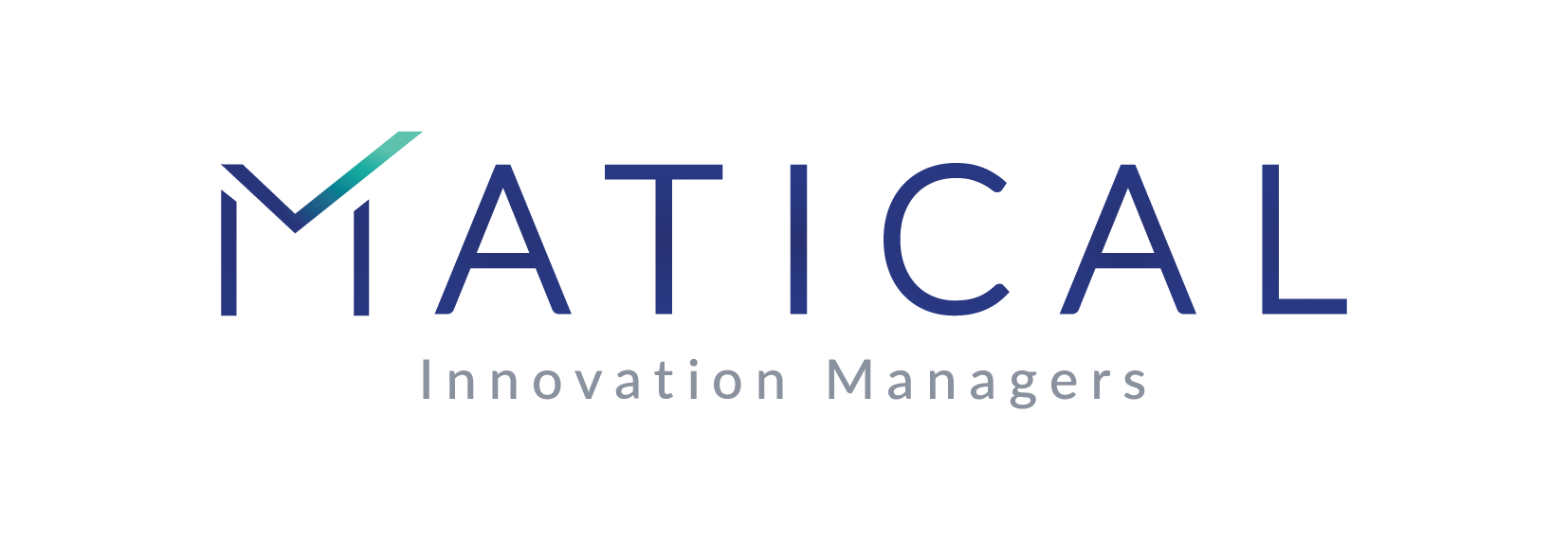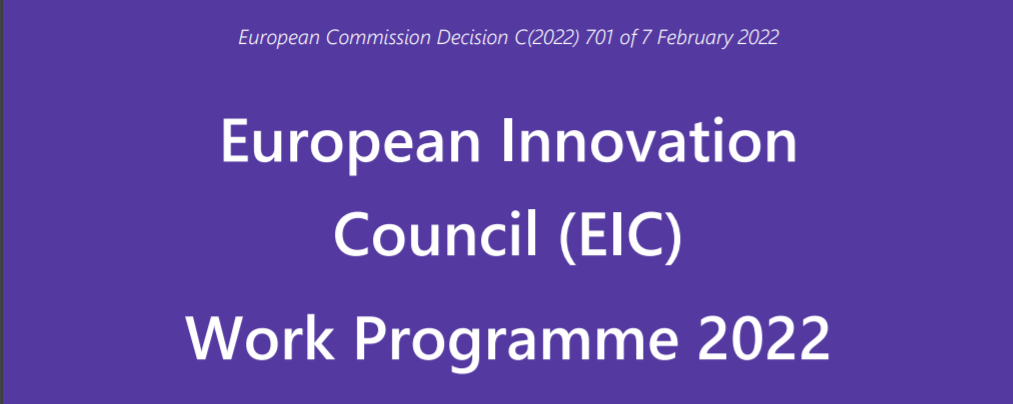To help achieve its 2020 and longer-term climate and energy objectives, the EU launched two large funding programmes in 2009 to support carbon capture and storage (CCS) and innovative renewables: the European Energy Programme for Recovery (EEPR) and the NER300 programme. While the EU is likely to meet its 2020 targets, we found that neither of the programmes succeeded with the deployment of CCS in the EU.
The EEPR contributed positively to the development of the offshore wind sector, but the NER300 programme did not achieve the progress intended in supporting the demonstration of a wider range of innovative renewable energy technologies.
The EU is now preparing to launch the Innovation Fund to replace NER300 from 2021 and is designing the new multi-annual financial framework (2021-2027). An acceleration of the transition to a low-carbon economy is necessary to meet the climate and energy objectives for 2030 and the longer term.
In order to allocate European funding efficiently while at the same time positively contributing to EU environmental objectives, it is necessary to identify and assess ‘promising’ technology applications at a sufficiently mature technological development stage, so that they can be expected to be ready for demonstration at pre-commercial scale within the next decade (up to 2030) and possibly provide an environmental advantage.
As for other funding options, the current eligibility conditions for financing programmes and instruments under the multi-annual financial framework for the period 2014-2020 in principle offer possibilities for financing CCU projects. These opportunities can be leveraged for CCU projects where these can potentially deliver benefits with regards to inter alia innovation, climate action, renewable energy, energy and resource efficiency, in line with the respective objectives of each programme.
Funding as proposed in a European Innovation Fund, and also Horizon 2020 and the future Horizon Europe programme, might help to overcome the gap of funding between basic technology development (push technology development, up to TRL 4/5) and application specific technology development (pull technology development, after TRL 6/7).
TRL To determine the maturity of the CCU processes the Horizon2020 categories have been used to identify the ‘Technical Readiness Levels’ (TRL).
Aside from what the Innovation Fund is intended to provide, CCU projects may also be funded by other EU financing programmes and instruments, mainly under their respective objectives related to research and innovation, low-carbon energy and industrial processes, and climate mitigation. In the case of some programmes detailed further below funding may only be available for part of a CCU project (for example for the development of a renewable energy source supplying the CCU process’ energy needs). Their eligibility for funding depends on each programme’s eligibility criteria.
- Possible synergies between funds
- Synergies between funds could be found in order to support CCU projects in different phases of development and implementation, or different parts of a project or multiple parallel projects (for instance renewable energy source and implementation of a CCU technology in an industrial process). In principle, all of the funds mentioned above can complement each other to fund projects.
- From a project finance perspective, grants such as those under Horizon 2020 and LIFE tend to be more adapted to projects at the research and innovation stage. Financial instruments such as loans (from InnovFin and ESI Funds) are adapted to more advanced projects which are expected to generate revenue enabling the debt to be repaid. These projects may include deployment of proven CCU technology on industrial plants. More complex instruments, such as guarantees (from the EFSI), may also be considered to guarantee loans for a project with a high financial risk, thus leveraging of private finance.









